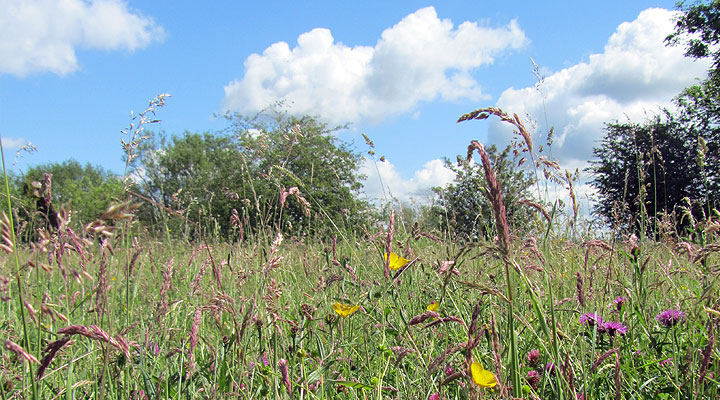Better for our environment

The carbon footprint of grass farms is significantly lower than that of farms where cereal crops are grown to feed animals. Grassland helps capture and store carbon so less is released into the air to harm the atmosphere. Grazing animals return nutrients and organic matter back to the ground as they deposit their dung, ensuring the soil remains healthy and fertile.
Pasture farmers sow legumes such as white and red clover, which help other grasses and plants grow without the need for chemical-based fertilisers, which can make the soil acidic and unhealthy, are expensive and made from non-renewable sources of energy. Pasture farms are alive with wildlife including many flowers, insects, birds and mammals.
Pasture for Life specifically prohibits feeding soya to animals, much of which has been grown on land cleared of native tropical forest. So, Pasture for Life farmers do not contribute to the destruction of precious resources elsewhere in the world.
The Pasture-Fed Livestock Association (PFLA) is involved in two major research projects that seek to address the address the range of interrelated factors involved in Pasture for Life systems and how they affect the environment and animal welfare. The interim findings can be found here.



